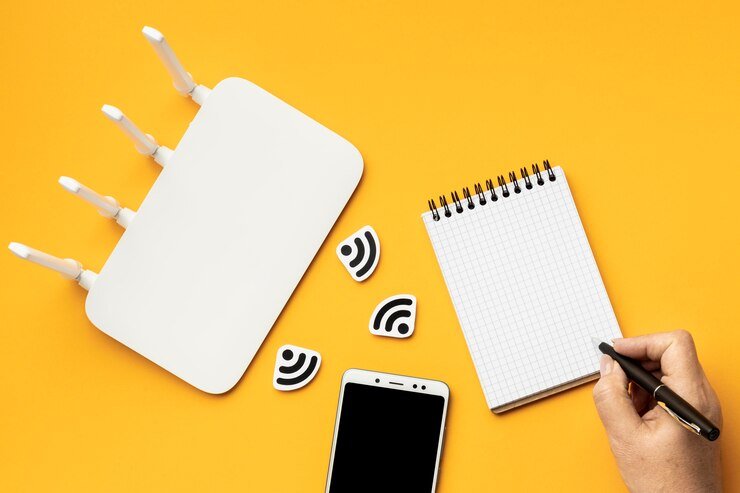Solutions for Mobile Phone Not Charging After Dropping in Water
Dropping your mobile phone in water can be a distressing experience, especially if it stops charging afterward. However, there are several solutions you can try to fix this issue. Please note that these solutions may not work in all cases, and if your phone still doesn’t charge, it’s best to seek professional help.
1. Power Off and Dry the Phone
The first step is to power off your phone immediately after retrieving it from the water. This helps prevent any short circuits that could occur if the phone remains on. After turning it off, dry the phone thoroughly using a soft cloth or tissue. Avoid using heat sources like hair dryers, as they can damage the internal components.
2. Remove the SIM Card and Memory Card
Next, carefully remove the SIM card and memory card from the phone. These cards can hold water and cause further damage if not dried properly. Wipe them dry with a soft cloth and set them aside.
3. Use Rice or Silica Gel Packets
One popular method to absorb moisture from a wet phone is to place it in a container filled with uncooked rice or silica gel packets. These materials are known for their moisture-absorbing properties. Leave the phone in the container for at least 24-48 hours to allow the moisture to be drawn out.
4. Try a Different Charging Cable and Adapter
If your phone still doesn’t charge after drying it, the issue may lie with the charging cable or adapter. Try using a different cable and adapter to rule out any problems with these accessories. Sometimes, the charging cable or adapter may have been damaged during the water incident.
5. Clean the Charging Port
Water can leave behind residue or debris in the charging port, preventing proper contact between the charging cable and the phone. Use a soft toothbrush or a clean, dry toothpick to gently clean the charging port. Be careful not to damage the port while doing so.
6. Use a Wireless Charger
If your phone supports wireless charging, you can try using a wireless charger as an alternative method. Wireless chargers do not require a physical connection to the phone and can sometimes bypass charging port issues caused by water damage.
7. Contact a Professional
If none of the above solutions work, it’s time to seek professional help. Contact your phone manufacturer’s customer support or visit a reputable phone repair shop. They have the expertise and tools to diagnose and fix water damage-related issues.
Remember, the key to increasing the chances of fixing a water-damaged phone is to act quickly, power it off, and dry it thoroughly. However, prevention is always better than cure. To avoid such incidents in the future, consider using a waterproof case or keeping your phone away from water sources.
Disclaimer: The solutions provided here are general suggestions and may not work in all cases. Always exercise caution when dealing with water-damaged electronics and consult professionals when necessary.





